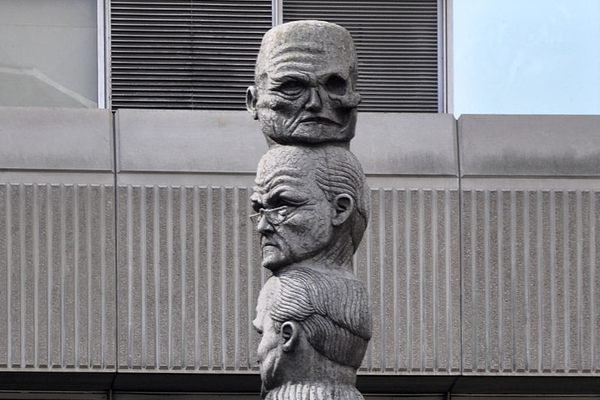About
On April 21st, 1967, a group of military officers known as the “Regime of the Colonels” staged a coup d'état in Greece. The Junta abolished civil liberties, dissolved political parties, instituted severe censorship and arrested most opposition.
This brutal Junta lasted for seven years until November 14th, 1973, when a few dozen students gathered at the Athens Polytechnic University to demonstrate against the Junta. The students seized communications equipment and began transmitting anti-government messages.
By November 16th, the group had grown to several thousand, not only students but workers and others disillusioned with the direction the country was going. The demonstrators barricaded themselves behind the university gates and called for the overthrow of the Junta.
The government was determined to crush this rebellion swiftly and in the early morning hours of November 17th, sent a tank through the front gate with the police and military behind. Over the next several days there was much bloodshed throughout the city that resulted in the deaths of 40 demonstrators and innocent bystanders. This uprising was the catalyst for future events that would lead to the collapse of the Junta and on November 17th, 1974, the first free elections in over a decade were held in Greece.
The twisted remains of the front gate were left at the site as a reminder of the uprising. In 1984, a giant bronze head was created by Greek sculpture Agamemnon Markis as a memorial to all that died in the uprising and was placed next to the gate. The head is that of Marxist Nikos Svoronos, who was part of the Greek resistance during World War II and a friend of Makris.
Related Tags
Know Before You Go
The university is closed on November 15th and all day visitors lay wreaths and red roses at the monument. On November 17th a service is held at the monument where the names of people who lost their lives fighting for the Greek resistance during World War II are read. Visitors should exercise caution in the area of the monument, especially on the above dates and after dark.
Community Contributors
Added By
Published
September 21, 2018































